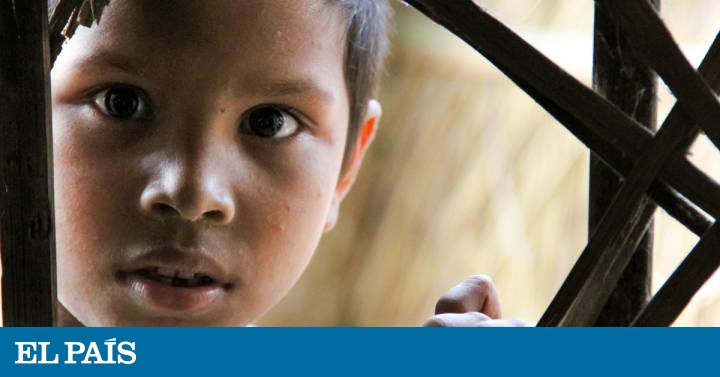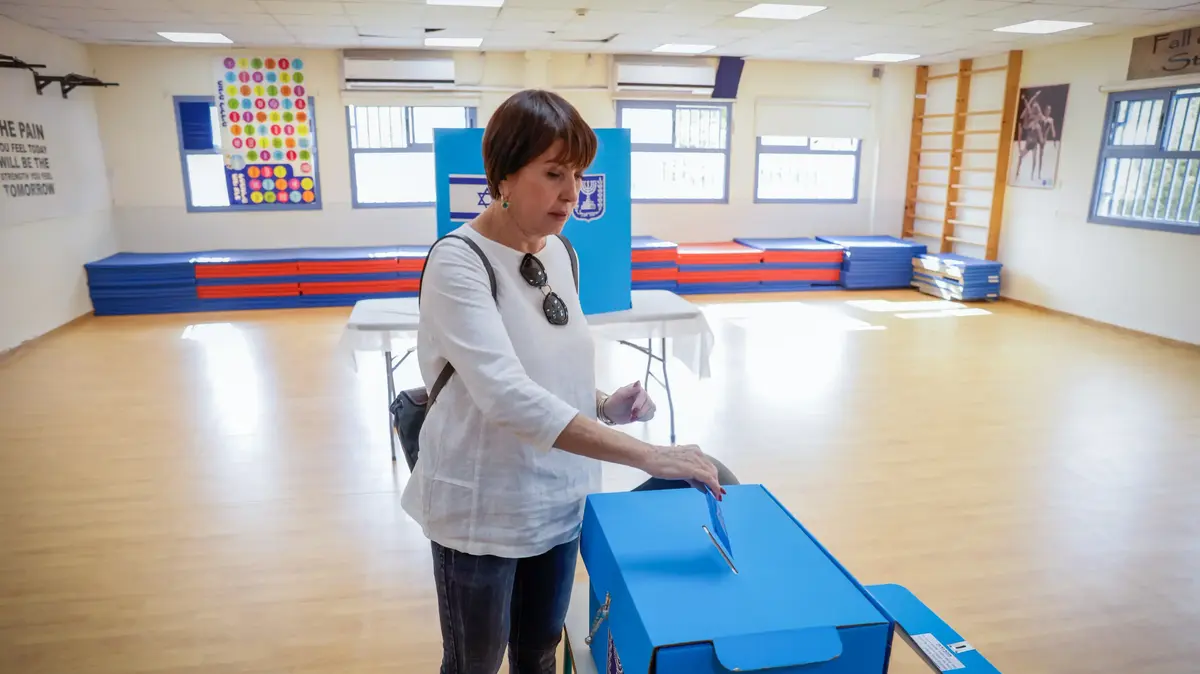At the beginning of the pandemic, many of us were carried away by fear. Concerned about shortages, we stock up on cans, non-perishable goods, preserves, and other essentials. With the passage of time, we had to adapt to new shopping routines: going to the supermarket during less crowded hours, waiting on the street for our turn, disinfection at the entrance and exit and keeping the safety distances set by the health authorities .
MORE INFORMATION
Another key impact of COVID-19: increased risk of violence against children- Summer memories
- From childhood, decentralized cooperation and the butterfly effect
In Spain, in the week after the declaration of the state of alarm for the coronavirus, decreed on March 14 to stop its expansion, the purchase of basic necessities increased by 21%, according to the consulting firm Kantar. We Spaniards have never appreciated or thought so much about our food as we did at that time and we continue to do so now. But it is not only this last link that has been affected by COVID-19, workers in the global food supply chains have also been and are deeply affected and exposed to greater risk.
While this includes the grocery store staff here in Spain who work tirelessly to supply customers, it also includes many child laborers. Before COVID-19, 71% of working children worldwide (108 million girls and boys) were in the agricultural sector, according to the ILO. Whether harvesting cocoa in Côte d'Ivoire, coffee in Guatemala, or shrimp from Thailand, children have played an important role in providing our food, often at the expense of their own health and education.
Child labor is primarily concentrated in agriculture, which includes fishing, forestry, livestock and aquaculture, and includes both subsistence and commercial agriculture. That is, if food consumption increases considerably, we can say that covid-19 is putting children at even greater risk.
Covid-19 and minors
The coronavirus has the potential to increase the risks of child labor in multiple ways, including driving more girls and boys into it, increasing the vulnerability of those who must already work, and undermining efforts already made to address it.
As children around the world stay home to continue their education, many lack access to the Internet and the technology to engage in remote learning. Experience shows that children who are not in school are at high risk of falling into child labor systems and many simply never return.
Covid-19 is also putting considerable pressure on families' livelihoods and finances. The ILO has estimated that the equivalent of 305 million full-time jobs could have been lost between April and June. Furthermore, between 42 and 66 million children are at risk of falling into extreme poverty as a result of this year's crisis, in addition to the 386 million children who are already situated on the edge of extreme poverty. Millions of girls and boys could be pushed into child labor to survive and to help their families earn a living.
A good indication of the impact of lost income can be found in cocoa. Evidence from a study by the International Cocoa Initiative in Côte d'Ivoire found that a 10% reduction in family income led to a 5% increase in child labor. Although this study was conducted before the pandemic, it serves as a wake-up call for the current context.
Fairtrade International warns that the crisis is disrupting global food supply chains and the well-being of producers. Western countries are declining certain imports due to security concerns that translate into sharp drops in orders. For example, it is reported that the price of tea in India fell by almost 40% due to lower demand. This has led to large job and income losses among groups that were already vulnerable.
Even when schools reopen, unemployed parents may not have the money to pay for school fees and supplies, increasing vulnerability to child labor.
The impact of our purchases
Trying to investigate what's behind our food and the connections to child labor may seem like an additional burden and more energy on our part that seems to be in short supply right now. But we have the opportunity to rethink how we consume and the impact these purchases have on those who grow and produce our food.
Knowing that children are likely to be exploited further should give us a sense of urgency to act.
We can make small gestures such as being aware of which foods have a high risk of child labor and being especially aware of them. Let's become conscientious consumers by looking for ethical labels like Fairtrade; it is a way to help families around the world earn a living wage and reduce the likelihood of their children ending up in dirty, dangerous and degrading jobs.
Eloisa Molina is Communications Coordinator for World Vision.















